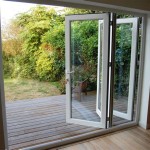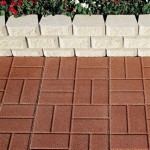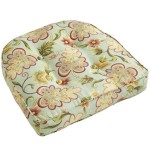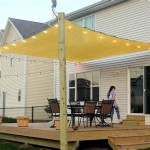Essential Aspects of Patio Pavers
Patio pavers are an excellent choice for creating a beautiful and durable outdoor living space. With a wide range of materials, styles, and colors available, homeowners can customize their patios to match their individual tastes and needs. However, before making a decision on which pavers to use, it is important to consider the following essential aspects:
Material Durability and Longevity
The material of the pavers will determine their durability and longevity. Concrete pavers are known for their strength and resistance to wear and tear, making them a good choice for high-traffic areas. Natural stone pavers, such as granite and sandstone, are also durable but may require more maintenance than concrete pavers. Brick pavers offer a classic look and are relatively durable, but they can be susceptible to cracking and fading over time. Clay pavers are similar to brick pavers but are typically more resistant to fading and cracking.
Style and Aesthetics
The style and aesthetics of the pavers will play a significant role in the overall look of the patio. Concrete pavers come in a variety of shapes, sizes, and textures, allowing for endless design possibilities. Natural stone pavers offer a more natural look and can be used to create a rustic or elegant atmosphere. Brick pavers have a classic appearance and can be used to create a traditional or contemporary style. Clay pavers are similar to brick pavers but offer a wider range of colors and textures.
Slip Resistance and Safety
The slip resistance of the pavers is an important consideration, especially in areas that are prone to moisture or freezing temperatures. Concrete pavers can be treated with a slip-resistant coating, while natural stone pavers are naturally slip-resistant. Brick pavers can be slippery when wet, but they can be made more slip-resistant by applying a sealant.
Maintenance and Cleaning
The maintenance and cleaning requirements of the pavers should be taken into consideration. Concrete pavers require minimal maintenance and can be easily cleaned with a pressure washer. Natural stone pavers may require more maintenance, such as sealing and cleaning, to keep them looking their best. Brick pavers are relatively low maintenance but may need to be repointed periodically. Clay pavers are similar to brick pavers but may require less frequent repointing.
Cost and Installation
The cost of the pavers and their installation will vary depending on the material, size, and complexity of the project. Concrete pavers are typically the most affordable option, while natural stone pavers are the most expensive. Brick pavers and clay pavers fall somewhere in between in terms of cost. The installation cost will depend on the size of the patio, the complexity of the design, and the labor costs in your area.

Paver Patterns For Patios

10 Patios That Use Paver Patterns To Make A Statement Unilock

10 Patios That Use Paver Patterns To Make A Statement Unilock

Sample Paver Piece Wood Grain Concrete Unstained Big Grass
5 Patio Designs That Wow Unilock

Guide To Paver Patterns Borgert S

How To Choose A Color For Your Backyard Pavers Yardville Supply

31 Paver Patio Ideas For Your Home

Patio Paver Ideas For Every Style Marble Systems Inc

Custom Patio Ideas Historical Bricks








